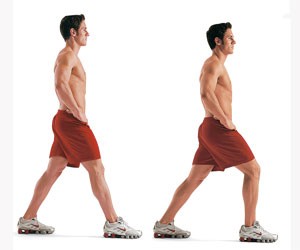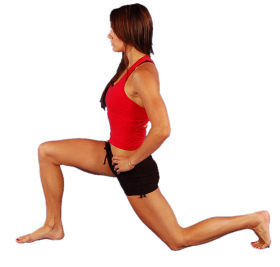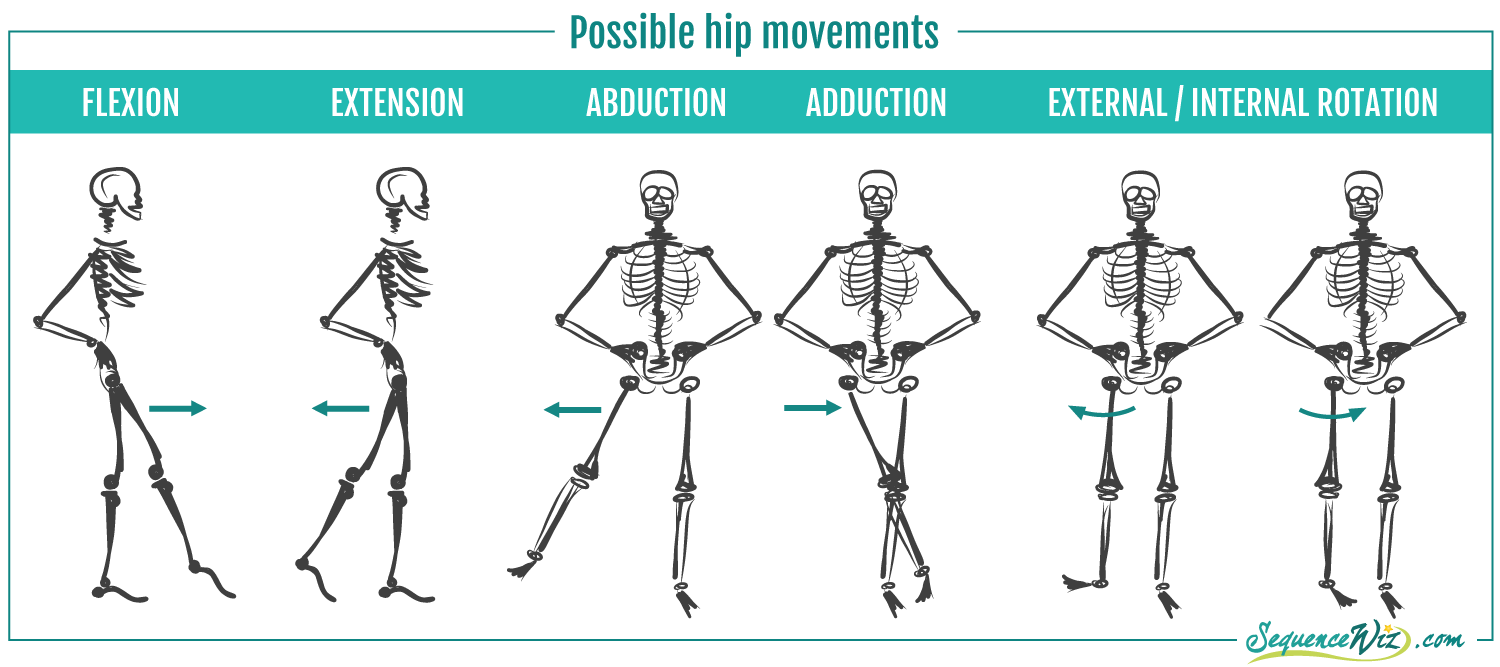
Getting your spine adjusted, although extremely helpful in maintaining spinal health and overall body function, isn't the magic ticket to better strength, mobility, and flexibility - nor is it 100% responsible for your overall recovery - you are. Your chiropractor is working towards moving the vertebrae (bones of the spine) back into their correct position, however it is up to you to take an active role in your care by doing things outside of the clinic to help aid your recovery.
One of the things you can be doing is taking care of your glutes and hip flexors. Your glutes and hip flexors are essential muscle groups located about the hips that are responsible for powering almost every movement we perform whether that be running, jumping, or walking. When our glutes and hip flexors are strong and flexible it allows us to perform the movements of daily life efficiently and without pain.
The hip flexors are a group of muscles located anteriorly (front of body) on the upper and inner thighs, as well as around the pelvic region. This group of muscles connects the femur (your thigh bone), pelvis, and lower spine together and when contracted (shortened or flexed) they pull the leg, and your torso closer together
Your gluteal muscles are located posteriorly (back of body) and attach your pelvis to your femur. The gluteal group consists of 3 muscles: your gluteus maximum, minimus, and medius. Together these muscles extend the hip joint, as well as allow the leg to laterally and medially rotate about the hip.
Unfortunately, due to the way our society has been built, sitting has become a big part of our daily routine. There are many detrimental side effects of sitting - hindering our hip flexors and gluteal abilities is just a couple of them. As mentioned in our What Is Sitting Really Doing to Our Bodies blog post, the glutes become weakened when sitting for extended periods of time due to reciprocal inhibition – a process that describes the give-and-take relationship between muscles on either side of a joint. Basically, when your hip flexors are flexed and turned “on” in that seated position, your glutes are being told to turn “off” or relax, making them weak over time. Not only that, but your hip flexors will also get more permanently shortened and weakened over time as well due to them not being called upon to move the legs regularly.
This is why it is so important to actively participate in training to make the glutes and hip flexors strong and flexible.
Hip Flexors
Hip flexor training is generally not a body part that workout programs focus on specifically, nor are they a body part you likely think about regularly. For these reasons, you are hindering the function of your hip flexors, which in turn will affect the functions you need to perform in order to live your daily life optimally.
Most of your daily movements will involve your hip flexors in some way, shape, or form. Walking, running, cycling, sitting, and bending are all examples of movements that require your hip flexors. However, all of these movements can also have a negative impact on your hip flexors if you are not looking after them. When you are seated for an extended period of time, whether that be at your desk job, driving for long periods, or slouching on the couch, the strength and flexibility of your hip flexors is compromised.
Strengthening the muscles of the hip flexors means that your pelvis will become more stable. When the pelvis is unstable, this can increase the risks of subluxations, and compensation in other parts of your body which can lead to hip, knee, and ankle issues or injuries further down the line.
There are a few different exercises that you can do to strengthen your hip flexors:
1. Ball pikes
2. Dead bugs
3. Straight leg lifts
4. Weight loaded hip flexions
5. Ball knee tucks
Stretching your hip flexors will also be beneficial to their wellbeing. When you stretch, make sure to do it either at the end of your workout, or at a time when you aren’t exercising (e.g. midway through your work day as a break from sitting). If you do have to be in a seated position all day, make sure you take a few moments every hour to stand up, move your legs around, and stretch your hip flexors out.
There are many ways that you can stretch your hip flexors out, here are a few examples:


Gluteal Muscles
Your gluteal group is the opposing group of muscles to your hip flexors. As stated above, their main job is to extend the hip (stretch your leg out behind you). Much like the hip flexors, the glutes are involved in most of the movements you do throughout the day.
When the glutes are not firing correctly you may experience knee and low back pain, as well as decreased hip mobility – this can lead to strains through the groin and hamstrings as the overall range of motion throughout the hips is decreased.
Strengthening the glutes and getting them to fire correctly are two different things, therefore require different methods of training. If your glutes are already firing, movements such as lunges, deadlifts, and squats will help make them stronger, but if they’re not firing correctly, simpler and more glute specific exercises/cues should be utilized.
Here are some ways you can see if your glutes are firing, and ways that you can train them to fire if they are not:
Mind-Muscle connection – Lay on your stomach and squeeze your glutes together. If you also tensed up your quadriceps (the muscles on the front of your thighs), you need to work on glute activation! Really focus on squeezing your glutes while keeping the rest of your legs relaxed – once you have that down, try holding the squeeze for 5-10 seconds, release, and then try again.
Practice walking – although this may seem redundant as you walk around every day, practice walking with your glutes. This may feel awkward at first, but your glutes should be being utilized when you walk to help propel you along – they are the biggest muscle in your body after all!
Once you have both of those movements mastered, you can start to work on strengthening your glutes. If you know that you’re prone to your glutes “turning off”, or if you’ve been sitting for a long time before you go and train, make sure you’re doing the two movements that were mentioned above as a pre-activation routine to ensure that you’re getting the most out of your strengthening workout.
By focusing on both of these areas alongside your regular chiropractic care, you can expect there to be a great improvement in your hip health, mobility, and pain levels.


